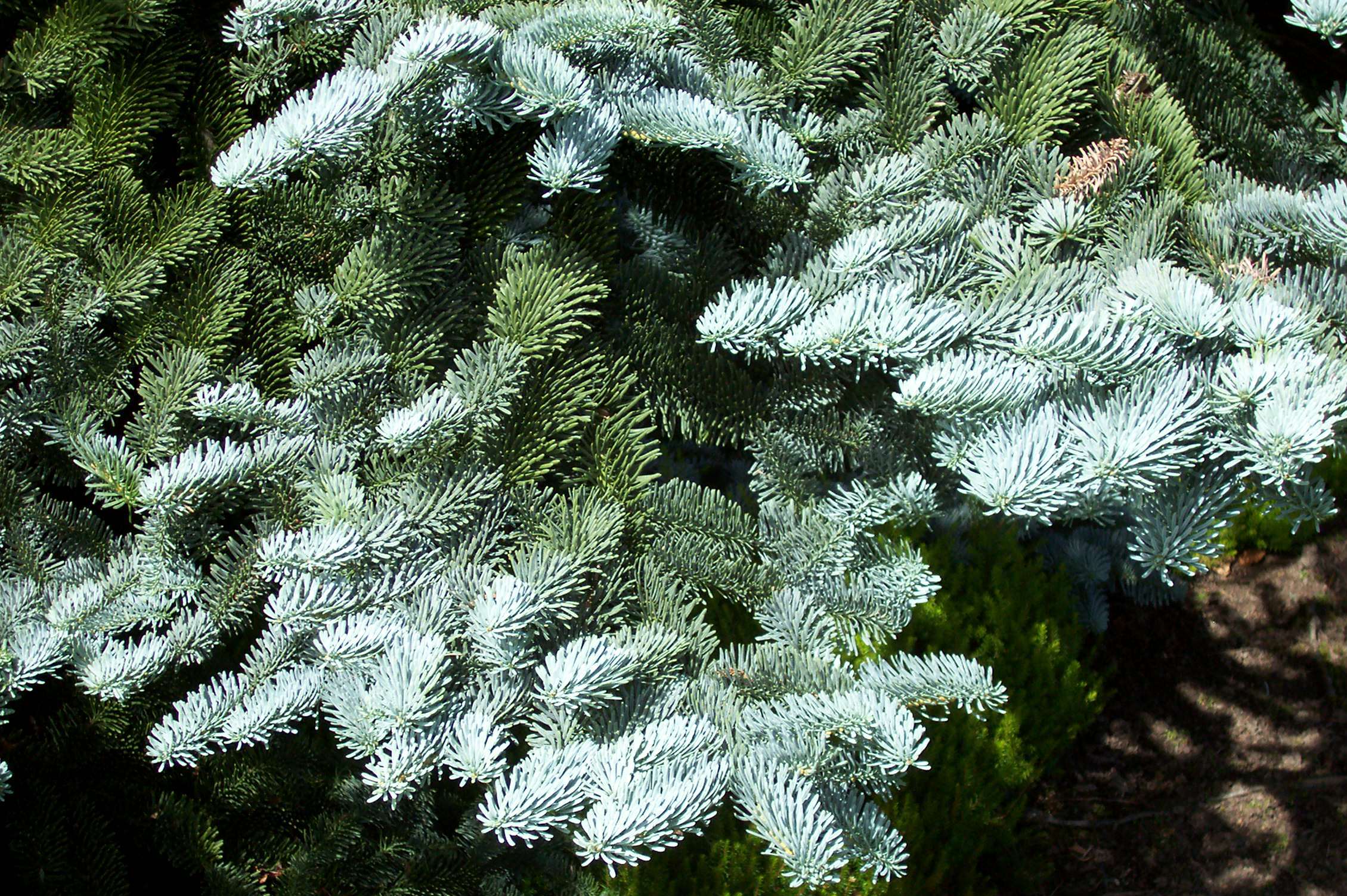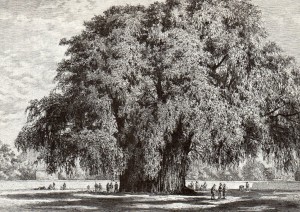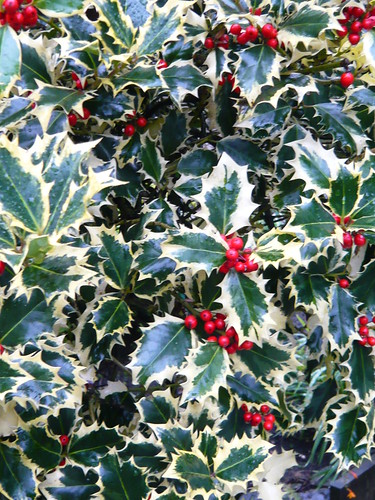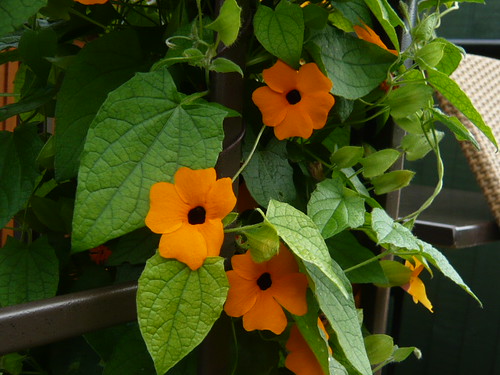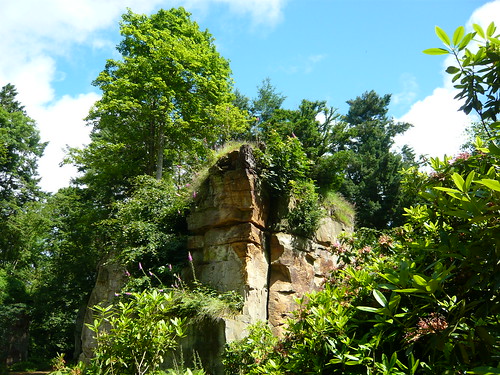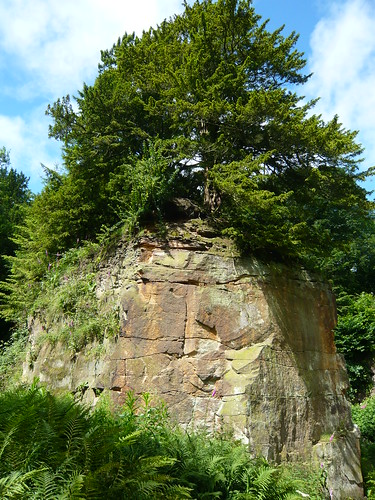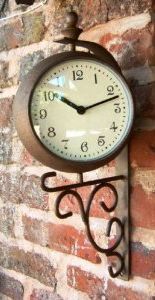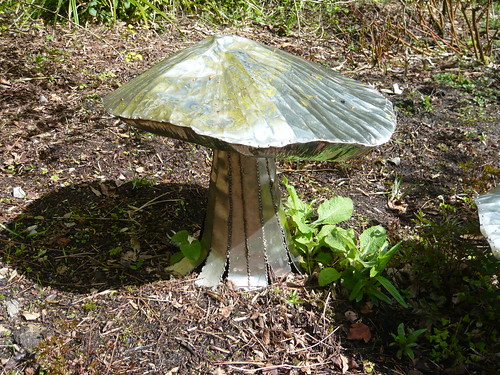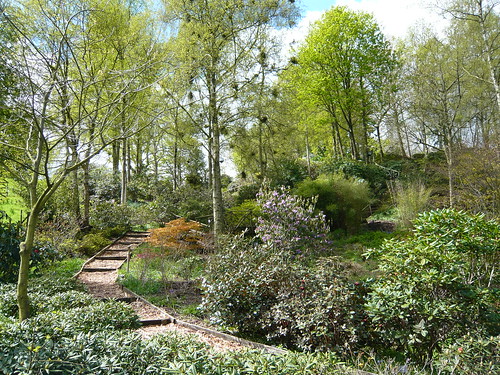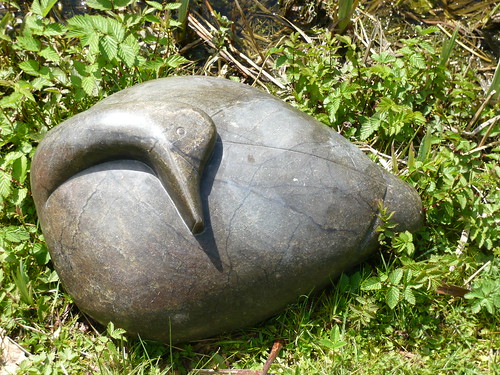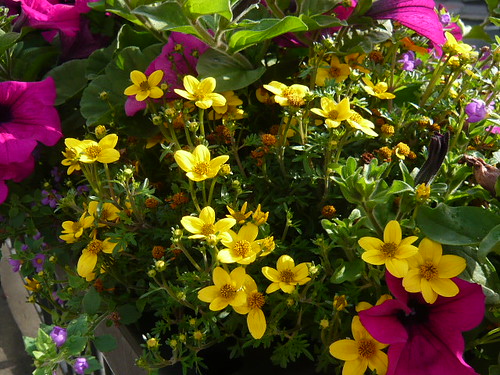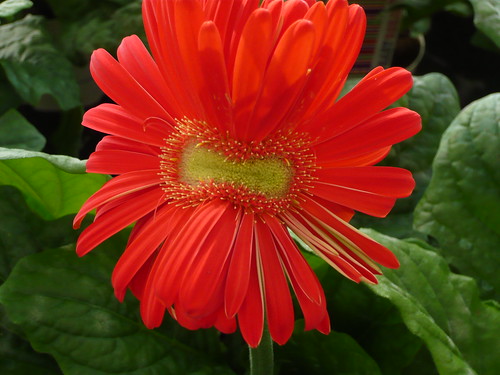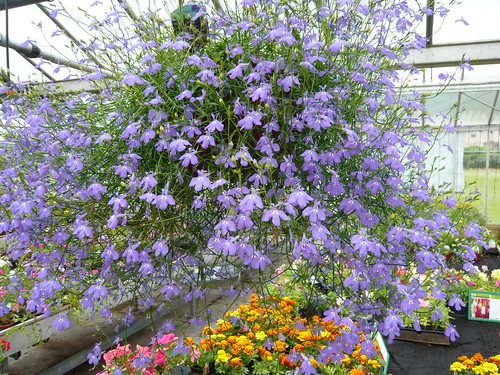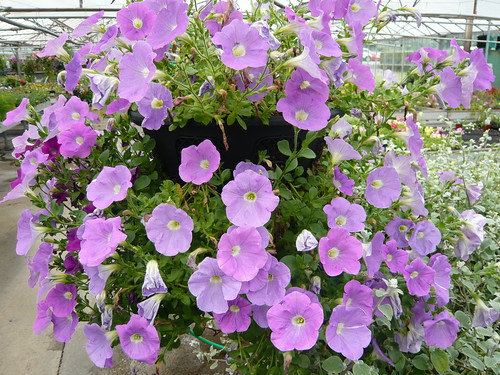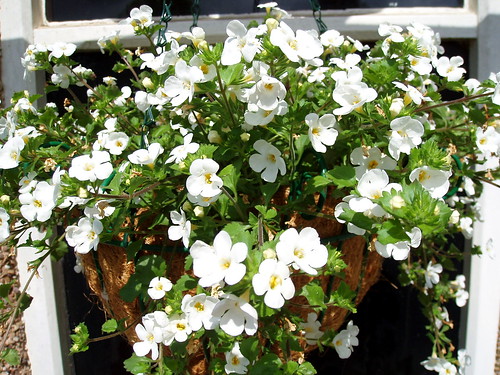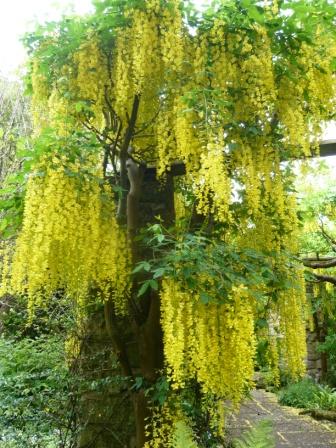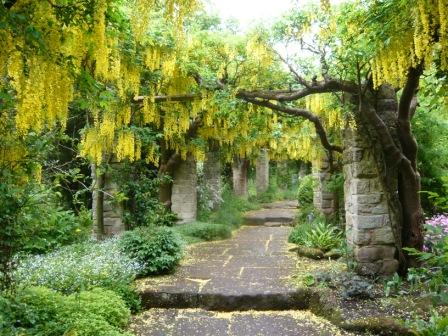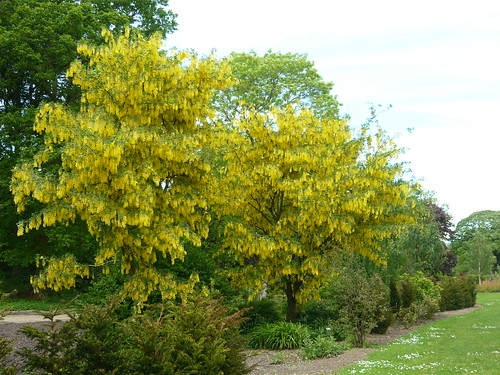Choice Blue Conifers
This noble fir is a large prostrate form with thick rounded bright blue needles that gives a good colour contrast within any garden. This is just one of the good looking Conifers that can be suitable for a British garden.
- This prostrate form is slow growing. Remove any strong vertical branches
- Young plants need a good soaking when the soil becomes too dry and prefer a moisture retentive soil
- Roots spread wider than the tree but shouldn’t need fertiliser
- Will stand very cold winter temperatures
- The habit, form and colour of this Pine make it a good plant to incorporate into a garden design
Other Blue Conifers
Colorado Blue Spruce or Picea pungens glauca is a beautiful blue conifer with a broad, pyramidal shape.
Cedrus atlantica ‘Glauca Pendula’Â as the name suggests trails like a weeping willow and can be as vigorous.
Chamaecyparis Lawsoniana Alumii is a slow growing columnar tree
Abies pinsapo blue Spanish fir is also slow growing with some of the most striking frosty blue foliage of any conifer.
